TEA
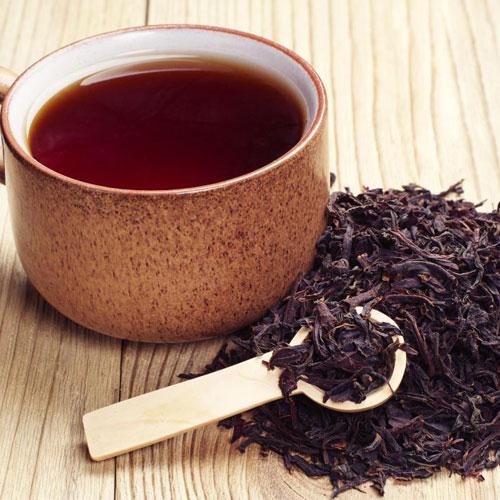
Black Tea
VIEWBlack Tea
Black tea is allowed to wither, which precedes a process called oxidation (sometimes incorrectly referred to as fermentation) during which water evaporates out of the leaf and the leaf absorbs more oxygen from the air. Black teas usually undergo full oxidation, and the results are the characteristic dark brown and black leaf, the typically more robust and pronounced flavors of black teas, and when brewed appropriately, a higher caffeine content compared to other teas (50-65% of coffee, depending on the type and brewing technique).

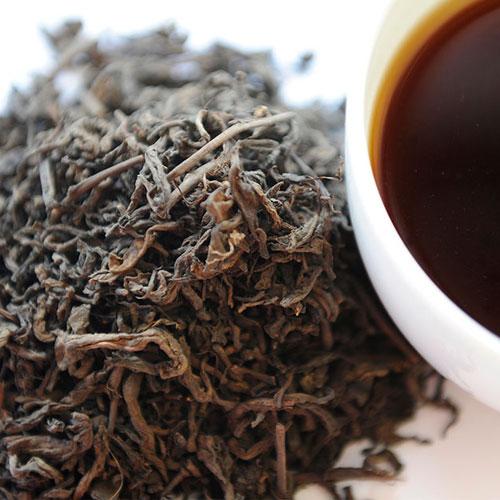
Dark Tea
VIEWDark Tea
Dark tea is from Hunan and Sichuan provinces of China and is a flavorful aged probiotic tea that steeps up very smooth with a natural slightly sweet note.


Oolong Tea
VIEWOolong Tea
Oolong tea (also known as wulong tea) is allowed to undergo partial oxidation. These teas have a caffeine content between that of green teas and black teas. The flavor of oolong (wulong) teas is typically not as robust as blacks or as subtle as greens, but has its own extremely fragrant and intriguing tones. Oolongs (wulongs) are often compared to the taste and aroma of fresh flowers or fresh fruit.

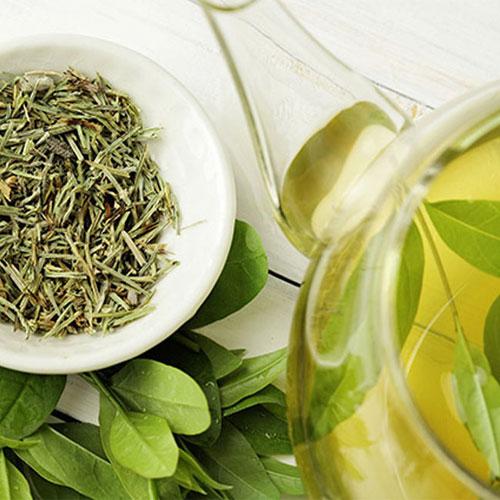
Green Tea
VIEWGreen Tea
Green tea is allowed to wither only slightly after being picked. Then the oxidation process is stopped very quickly by firing (rapidly heating) the leaves. Therefore, when brewed at lower temperatures and for less time, green teas tend to have less caffeine (10-30% of coffee). Greens also tend to produce more subtle flavors with many undertones and accents that connoisseurs treasure.

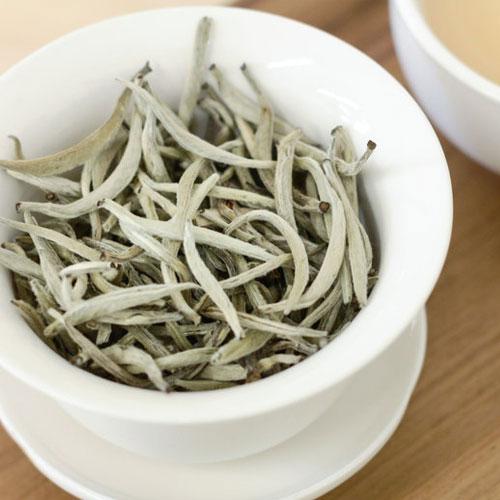
White Tea
VIEWWhite Tea
White tea is the most delicate of all teas. They are appreciated for their subtlety, complexity, and natural sweetness. They are hand-processed using the youngest shoots of the tea plant, with no oxidation. When brewed correctly, with a very low temperature and a short steeping time, white teas can produce low amounts of caffeine. Of course, steeping with hotter temperature and longer time will extract more caffeine. But by definition, white tea does not have less caffeine than other teas.

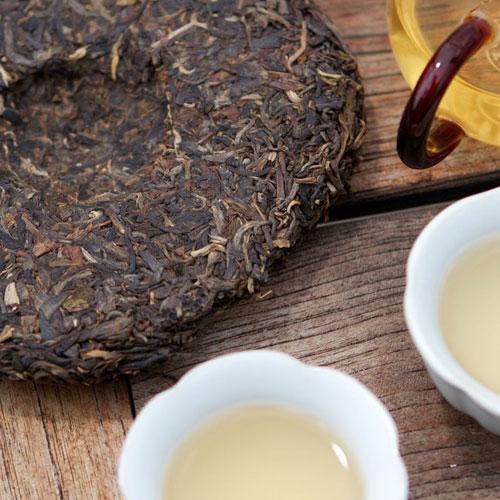
Puer Tea
VIEWPuer Tea
Puer tea is an aged black tea from China prized for its medicinal properties and earthy flavor. It is perhaps the most mysterious of all tea. Until 1995 it was illegal to import it into the U.S., and the process of its production is a closely guarded state secret in China. It is very strong with an incredibly deep and rich flavor, and no bitterness, and an element that could best be described as almost peaty in flavor.

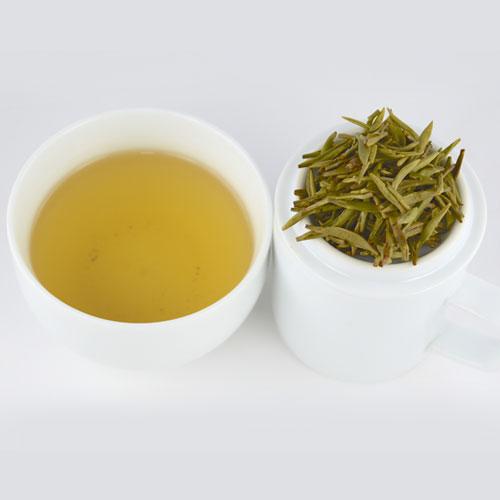
Yellow Tea
VIEWYellow Tea
Yellow is a rare category of tea that is similar to green tea in appearance and flavor. Yellow tea, however, typically does not have the grassiness of some green teas. Yellow teas typically go through more oxidation than green teas and a longer, slower drying period. All yellow teas come from China. Yellow Tea is coming soon!

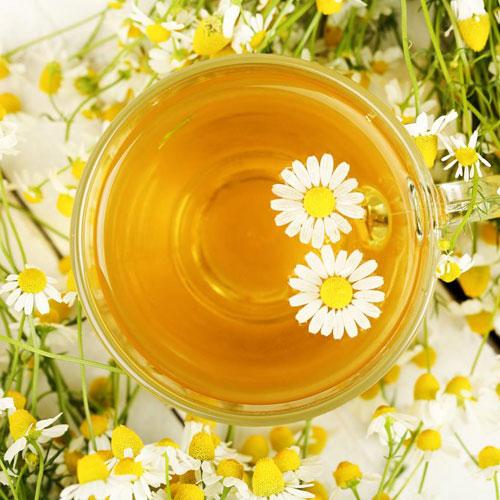
CHEMOMILE PURE FLOWER TEA
VIEWCHEMOMILE PURE FLOWER TEA
Chamomile tea is a popular beverage that also offers a variety of health benefits. Chamomile is an herb that comes from the daisy-like flowers of the Asteraceae plant family. It has been consumed for centuries as a natural remedy for several health conditions. To make chamomile tea, the flowers are dried and then infused into hot water. Many people enjoy chamomile tea as a caffeine-free alternative to black or green tea and for its earthy, somewhat sweet taste.Furthermore, chamomile tea is loaded with antioxidants that may play a role in lowering your risk of several diseases, including heart disease and cancer.Chamomile has properties that may aid sleep and digestion, as well.

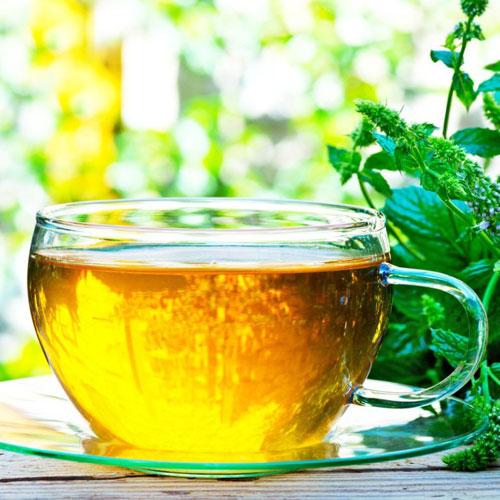
Peppermint Tea
VIEWPeppermint Tea
Green tea with Peppermint is made using 100% Pure Darjeeling Tea with the addition of Peppermint to add to taste and health. It is grown in tranquil tea gardens surrounded by misty mountains and breathtaking natural waterfalls. It is made completely of natural ingredients sourced without any preservatives. This makes it desired and loved by all.








